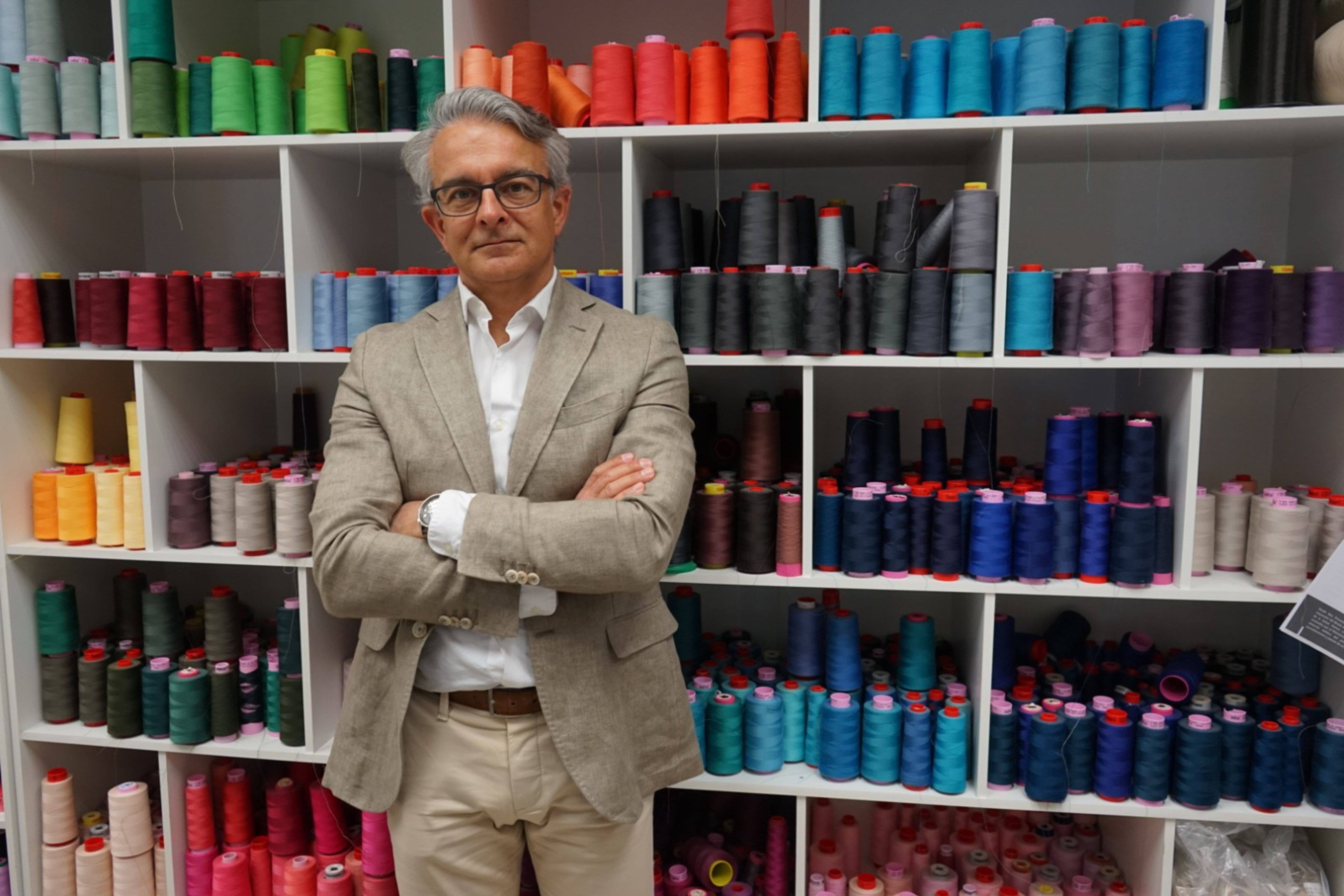
Latest information

Interview with Rafael Pérez, Selmark CEO
Headquartered in Vigo and with half a century of experience behind it, the Galician underwear firm Selmark manufactures around two million items a year. Since its foundation until today they have managed to create an extensive collection, in which there are more than 8,000 references, and they have 300 direct employees. We interviewed Rafael Pérez, CEO of the company, about the key to its positioning in the market and the challenges for the future.
Selmark was born in Vigo in 1975 as a small garment workshop and today it is a leading textile company in the manufacture of women's underwear. What has the key to success been?
In 2024, Selmark will be 50 years old. It has not been an easy journey and the company has had to overcome a number of challenges. I can think of some particularly relevant ones, such as Spain's entry into the European Community, the decline of traditional commerce, the emergence of new technologies and changes in consumer habits, and succession in the company. But also great opportunities such as the launch of the Mare line (swimwear), Care (for special needs), Tech (sports) and more recently IN&OUT (homewear). But, above all, our commitment for more than twenty years to grow outside Spain.
Selmark today is the result of the sum of experiences, of the idiosyncrasies of the people who make it up, of the constant adaptation to the drastic changes in distribution, in the economy, in tastes, in the evolution of women... The predominant idea is one of constant change and permanent adaptation to this change.
In the 1990s, you began your international expansion. How important is the foreign market in Selmark's business strategy?
Success doesn't come without hard work, at least in our sector. It is true that we've been working for more than twenty years on the development of foreign markets and this has allowed us to reach many of them earlier. But keeping them is what's really worth the effort. And this has undoubtedly been possible thanks to the product and good relationship with each of these markets. Internationalisation today is much more complex than it was twenty years ago. Everything has been invented, all the needs in each market are covered and finding a niche is tremendously hard. This does not mean that there are no gaps. But until turnover grows and becomes consolidated, this takes many years.
Selmark has the wholesale channel as its main distribution channel: we are present in 40 countries with more than 6,000 points of sale. In Europe we are in practically all countries, as well as in Latin America; in the East, in Israel and Turkey; in China we sell through Tmall and in North America we operate in Canada. We are selecting a team to enter the United States, but it's a very complicated market because there is hardly any wholesale.
In a sector that changes as much as the fashion industry, what is Selmark's distinguishing feature in the market, its identity values compared to the competition?
Undoubtedly, the care for the product created by and for women. We are an honest manufacturer which puts all its efforts into satisfying those who place their trust in us. At Selmark we invest heavily in product development and the culture of innovation is present in all areas of the company, from its creation to its relationship with the consumer.
The commitment to innovation has been a constant in the company. In which areas have you focused on innovation?
Clothing has suffered a setback in spending priorities. And if this has affected outerwear, don't even get me started on intimate apparel. As a result, the focus has shifted to simple, comfortable and neutral clothing. Fashion is still important in Selmark's culture, although it is increasingly clear that the consumer identifies it with "special" occasions.
Undoubtedly, pattern making is one of our greatest design strengths. We spend endless hours fine-tuning each pattern, testing it on multiple women, looking for a balance between design, comfort and support. And that's not easy. In fact, we work under the philosophy "made by women, for women". We have great professionals who have dedicated their whole lives to it and that experience is not easy to replicate. This is a fundamental part of our success.
How is the Selmark pattern different? We ensure that it enhances, offers naturalness and comfort. These are the three premises that a Selmark bra must meet. A woman should feel attractive, comfortable and confident. To do this we must be able to shape the breast while maintaining a natural and very attractive silhouette without fuss or discomfort.
The fundamental difference between Selmark and other brands is in the development of the cups. This is an internal process and for this we work together with automotive technology centres for the prototyping and development phases of production robots. After hundreds of hours of testing, they are taken to production. The fundamental difference with our colleagues lies in the fact that we do this here with the body shape and tastes of Spanish and European women in mind.
What are Selmark's challenges for the coming years?
The company's growth strategy is based on two pillars: boosting the international market (the foundations of which are already in place) and product diversification. Regarding the latter, Selmark launched its swimwear line almost a decade ago and has already positioned itself as one of its main products.
The aim is also to encourage the cross-selling of add-on products. The 'homewear' category, especially, has a lot of growth potential: the market is demanding it and it is something that will be maintained in the next two years.
And, of course, growth in the online channel, which already accounts for 8% of our sales.